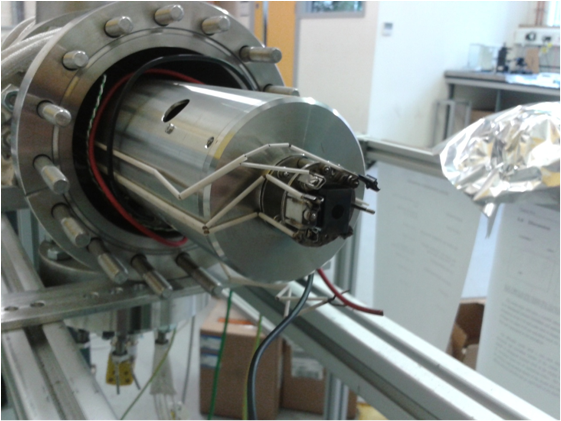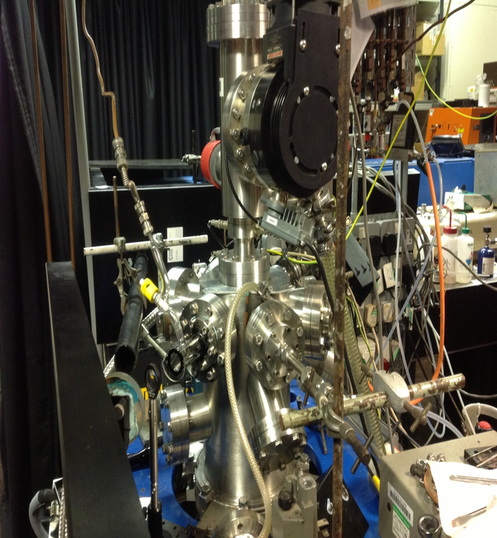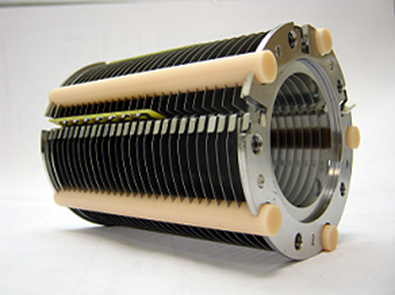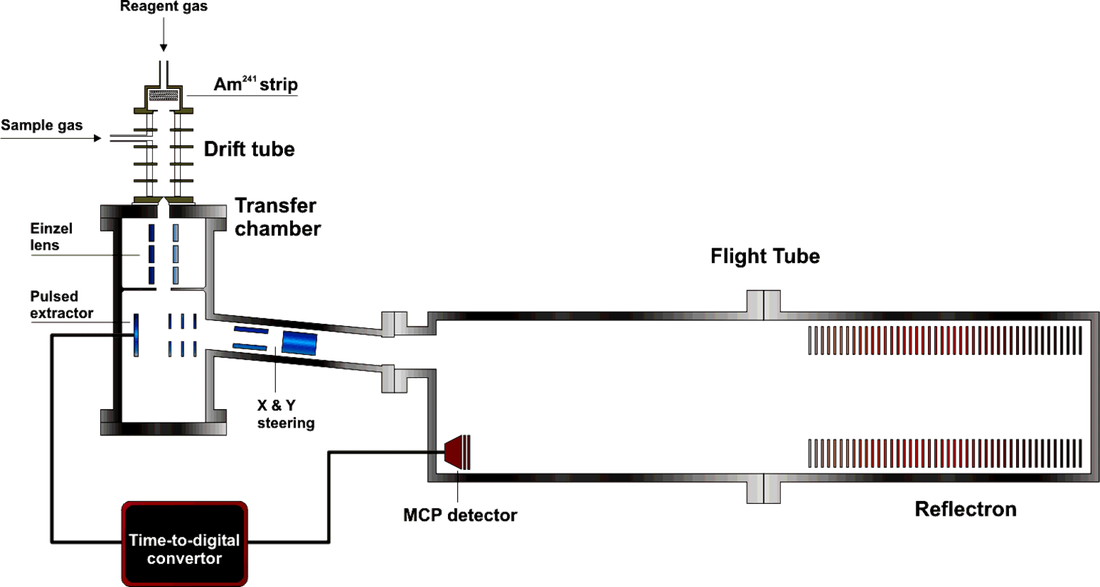Soft ionisation mass spectrometric techniques and the environmental sciences (2013)
Meeting report by William Bloss
ECG Committee Member
ECG Bulletin February 2013
ECG Committee Member
ECG Bulletin February 2013
A report of the meeting organized by the RSC Environmental Chemistry Group and the Molecular Physics Group from the Institute of Physics, held at the University of Birmingham on 7th November 2012.
The meeting attracted around 50 delegates, who managed to negotiate the tortuous location changes enforced by a major power failure at the University on the day – the only casualty ultimately being the tea and coffee. The meeting was motivated by recent advances in applying soft or chemical ionisation techniques, to permit improved sensitivity, identification and quantification of samples in (invariably complex) environmental matrices, and so offering substantial advantages over traditional approaches such as electron impact. Four invited speakers presented their work, including technical and methodological detail, followed by discussion and questions from the audience.
The meeting attracted around 50 delegates, who managed to negotiate the tortuous location changes enforced by a major power failure at the University on the day – the only casualty ultimately being the tea and coffee. The meeting was motivated by recent advances in applying soft or chemical ionisation techniques, to permit improved sensitivity, identification and quantification of samples in (invariably complex) environmental matrices, and so offering substantial advantages over traditional approaches such as electron impact. Four invited speakers presented their work, including technical and methodological detail, followed by discussion and questions from the audience.
|
Professor Carl Percival from the School of Earth & Atmospheric Sciences at the University of Manchester discussed Development of Soft Ionisation Techniques for the Detection of Atmospheric Gases and Aerosol. Carl gave an overview of his high-profile recent work using synchrotron radiation from the Berkeley National Laboratory Advanced Light Source as an ionisation tool to probe the reactions of Criegee intermediates – formed from alkene ozonolysis – with sulphur dioxide, which may enhance the production of sulphate aerosol in the atmosphere (Welz et al., 2012). He then described the application of chemical ionisation mass spectrometry (CIMS), using SF6– and I– reagents, for the detection of organic acids in the atmosphere, and concluded by introducing a new potential “universal” chemical ionisation reagent, lithium ions, produced from a heated filament, which shows substantial promise for ambient and laboratory applications.
Dr Mark Blitz from the School of Chemistry at the University of Leeds then discussed Unravelling kinetics and mechanisms of atmospheric reactions using soft ionisation TOF-MS, and introduced his work using vacuum-ultraviolet (VUV) photoionisation coupled to time-of-flight mass spectrometry, where pulsed laser radiation at 118 nm has been used to study the laboratory kinetics of species ranging from SO, CH3 and CO through to iodine oxides (e.g. Baeza-Romero et al., 2010). Mark then discussed future detection possibilities which production of other photoionisation wavelengths – 157 and 126 nm from excimer-type laser systems, or OPO tunable radiation – could facilitate.
The third speaker was Dr Fraser Reich from Kore Technology Ltd, who under the title of Improving the Sensitivity of a Soft Ionisation Technique gave a fascinating account of the reality behind the development (in collaboration with the University of Leicester) of a recent sensitivity enhancement to Proton Transfer Mass Spectrometry (PTR-MS), the RF Ion Funnel. This device reduces the loss of ions within the PTR reactor volume, prior to entering the mass selection region. Fraser’s talk described the process from initial idea, through design & testing iterations, until finally the “light at the end of the funnel” (his words) was reached, with sensitivity increases of 1 – 2 orders of magnitude (Barber et al., 2012).
Finally, Professor Paul Monks from the Department of Chemistry at the University of Leicester, who spoke on CIRMS from Urban Air Quality to Policy, and gave a wide-ranging overview of the demonstrated scope and future potential for soft ionisation measurements, ranging from fingerprinting the composition of urban air, through characterising emissions from Mangoes during their ripening process (with apparently significant value for maximising the efficiency of supply lines) to forensic investigations and medical uses – the potential for exhaled breath analyses to provide non-invasive screening and/or diagnostic tests. Paul’s presentation concluded with a review of the new scientific inputs and evidence which techniques such as soft ionisation mass spectrometry are making, and which then contribute to policy in bodies such as DEFRA.
Users’ Group: As an outcome of the meeting, it has been suggested that a new “Soft Ionisation Mass Spectrometry Users Group” be (informally) established, for the exchange of experience and best practice on applications of PTR-MS and SIFT techniques in various research areas. Dr Emily House from Lancaster University will coordinate this, with support from the ECG & IOP Molecular Physics Groups, and members interested in receiving further information should pass on their details to Emily at [email protected] |
References
Maria Teresa Baeza-Romero, Mark A. Blitz, Andrew Goddard and Paul W. Seakins, 2012, Int. J. Chem. Kinet., 44, 532.
Oliver Welz, John D. Savee, David L. Osborn, Subith S. Vasu, Carl J. Percival, Dudley E. Shallcross and Craig A. Taatjes, 2012, Science, 335, 204.
Shane Barber, Robert S. Blake, Iain R. White, Paul S. Monks, Fraser Reich, Steve Mullock, and Andrew M. Ellis, 2012, Anal. Chem., 84, 5387.
Maria Teresa Baeza-Romero, Mark A. Blitz, Andrew Goddard and Paul W. Seakins, 2012, Int. J. Chem. Kinet., 44, 532.
Oliver Welz, John D. Savee, David L. Osborn, Subith S. Vasu, Carl J. Percival, Dudley E. Shallcross and Craig A. Taatjes, 2012, Science, 335, 204.
Shane Barber, Robert S. Blake, Iain R. White, Paul S. Monks, Fraser Reich, Steve Mullock, and Andrew M. Ellis, 2012, Anal. Chem., 84, 5387.





